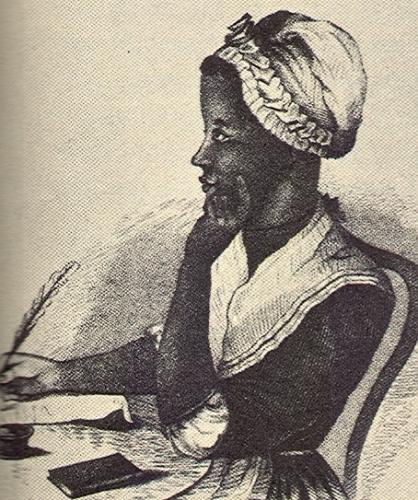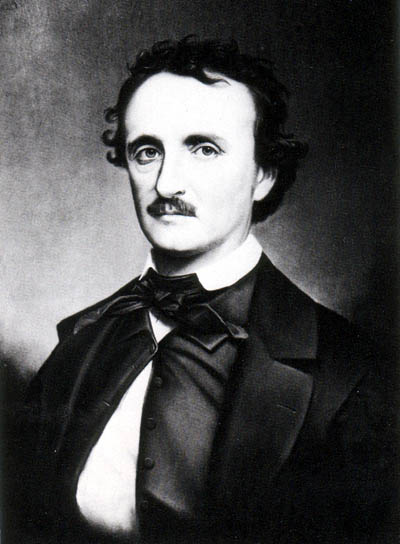I only regret that I
have but one life to lose for my country.
One
of the most interesting parts of the American Revolution is the extensive
collection of spy rings who gathered intelligence for the continental army. The Culper spy ring was one of these, one of the best.
 |
| Dort |
This
ring managed to continue to successfully send information to General Washington
throughout the war. A major feat, considering that the countryside was occupied
by the enemy, who kept as much control on the travel of the inhabitants as
possible.
The
Culper ring was started in November of 1778 by Major Benjamin Tallmadge under direct
orders of General Washington. Major Tallmadge was also to report the gathered
intelligence directly to General Washington.
The
ring was to target New York City, which was, at that time, the headquarters of
the British army. This information would give the American continental army a
badly needed advantage over the British forces.
The
continental army was greatly inferior to British army. They were untrained, had
lesser numbers and inferior weaponry. The Americans needed every advantage they
could get to survive, let alone win, the war.
Major
Tallmadge, a Yale graduate and an officer in the Second Continental Light Dragoons, was an ideal
choice. He had been born on Long Island and had many trusted friends who still
lived there. Many of the agents involved in transmitting the information were
among Major Tallmadge’s friends.
The
first member of the Culper ring was a man by the name of Abraham Woodhull. Major
Tallmadge gave him the code name ‘Samuel Culper, Senior’ from which the ring
derived its name. Major Tallmadge was referred to as
John Bolton within the ring. General Washington was known as agent 711. Washington never had direct contact with any of his spies, except Major
Tallmadge who only handled the spy rings.
Abraham
Woodhull became a ‘receiver’ of information from the agents inside New York City.
He then sent the information to Major Tallmadge, who would then report to
General Washington.
One
of the agents inside New York City was known only as Samuel Culper, Junior
until 1930, when handwriting expert finally connected Culper Junior’s
handwriting with that of Robert Townsend, a Quaker merchant whose business was
in New York City.
Robert
Townsend was, again, in an ideal situation. He was a Quaker, which meant that
he was supposed to be against war, but like many Quakers of the time, he chose
to take a side. He was a merchant, which put him in contact with many people. Townsend
was also an amateur journalist and wrote occasionally for the New York Royal Gazette, a strongly Tory
newspaper. Robert Townsend continued to write and publish pro British articles
to mask the fact that he was actually working for the patriots.
In
1959, it was proved that the printer James Rivington, who was the publisher of the
Royal Gazette, was actually a patriot
working with Culper Junior gathering information. James Rivington never told of his
activities, so he was always hated as a ‘Tory’ and died in poverty, despised by
his fellow Americans.
Because
James Rivington was the printer of and Robert Townsend was a reporter for a
Tory newspaper, they were trusted by the pro British population of New York and
made the acquaintance of many British officers, one of whom was Major John
Andre.
Major
Andre was a British spy connected to the defection of General Benedict Arnold,
who was later captured and executed by the Americans. James Rivington published
Major Andre’s poetry and gained much information from him without his knowledge.
The
intermediate between Culper, Senior and Culper, Junior was a tavern keeper
named Austen Roe who purchased his supplies from Robert Townsend. This gave
them a way to send secret information in unsuspicious legitimate packages, often
of regular blank paper.
Culper
Junior had a secret ink, which he used to write his messages to Culper, Senior.
This ink was invented by Sir James Jay, an English doctor whose hobby was
chemistry. Sir James just happened to be the brother of John Jay,
who was an influential patriot working with General Washington in intelligence
and counterintelligence.
If
the ink was used, the writing, which was invisible, would only appear if treated
with its developer. Other chemicals would not reveal the writing and neither
would heat. Major Tallmadge was the only person who possessed the
developer and Culper, Junior was the only person who possessed the ink, so that
if the spies’ houses were searched by the British, only one chemical, if
discovered, would not be able to be identified as easily if it did not have its
developer with it.
Culper,
Junior sent his communications to Austin Roe, who would then deliver them to
Culper, Senior. This he did by putting the papers in a box and burying the box
on Culper, Senior’s farm. Culper, Senior then recovered the papers.
After
Culper Senior received a communication from Culper, Junior through Austin Roe,
he would watch for the signal that would tell him that next leg of the journey
of the information was ready. This was done in a very interesting manner.
Anna
Smith Strong was the wife of a man who had been jailed by the British for
“surreptitious communication with the enemy.” She lived within sight of Culper,
Senior’s farm and was in communication with a certain Caleb Brewster, who was a
blacksmith.
However,
Caleb Brewster was not just a blacksmith. He also owned a whaleboat and was an
accomplished boatman. He would prepare his boat and tell Anna Strong where his
boat was hidden. She would then hang out her clothes on her line in a
prearranged pattern which would tell Culper, Senior where the boat was.
Caleb
Brewster took the messages through the British lines to the waiting currier,
who then brought the messages to Major Tallmadge. Major Tallmadge developed the
ink and reported to General Washington.
Like
the Culpers, most of the agents of the Culper ring were civilians, the
identities of many are still not known today. Some, though, were dragoons under
Tallmadge’s command. One in particular was Elijah Churchill.
Churchill
became involved in the transmission of information and orders between Major
Tallmadge, Culper, Junior and Culper, Senior. Elijah Churchill later became the
first recipient of the Badge of
Military Merit that
would eventually become the Purple Heart medal.
Tallmadge
also had another connection to American espionage, which may have contributed
to his motivation. He was a close friend of
Nathan Hale, an American spy who was executed in 1776 by the British after
having been caught in disguise on Long Island. It was Hale who said, ‘I only regret that I have but one life to
lose for my country.’
These
words are some of the most famous to have come out of the war for American
independence and Hale was not alone in his sentiments. Every member of the
American intelligence was working at risk of their lives for the survival of
their country. Some, like Hale, did lose their lives.
The
stories of these brave people were so well guarded that we may never know
everything that happened, but the stories of the secrets are always the most
intriguing. The unsung heroes are often the most important ones.
~Rose
If you are interested in why the picture that is so obviously George Washington is labeled Dort, it's a long story. It refers to a time when Rose loved Curious George, but couldn't quite say George. She managed only Dort and Dort remains a running joke in our family. Even the illustrious Washington has not escaped this fate.

































